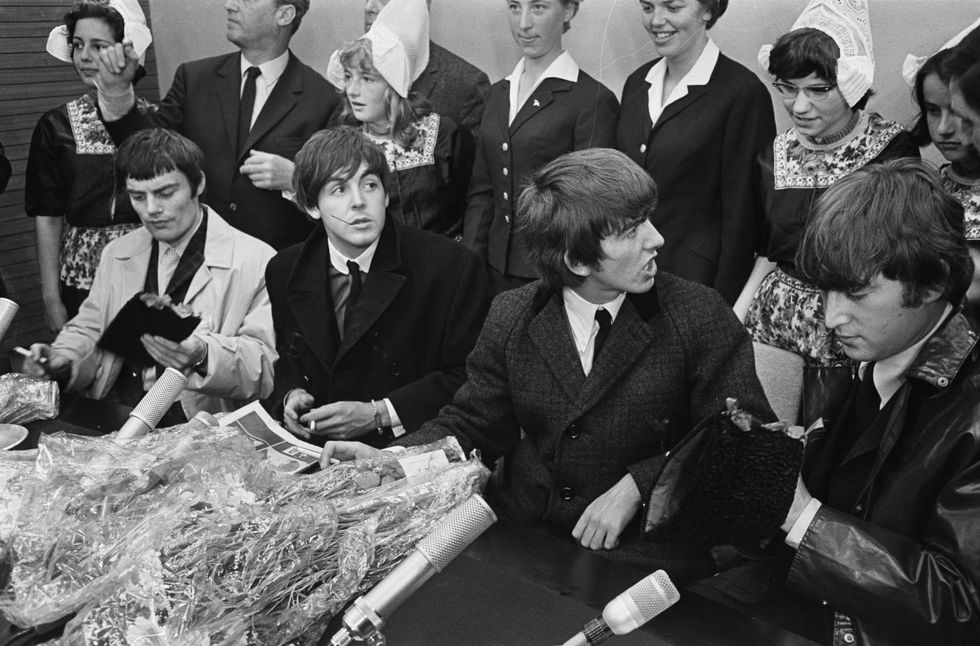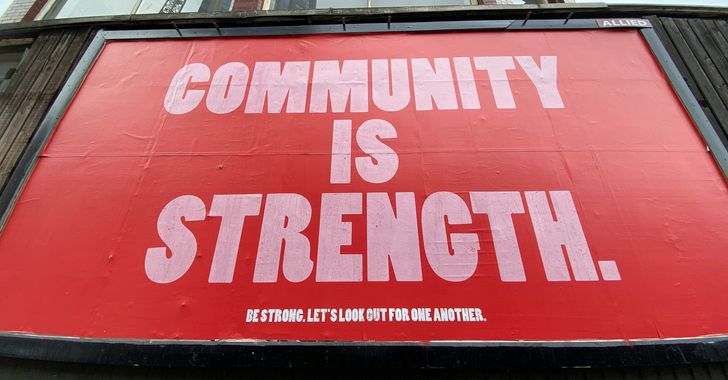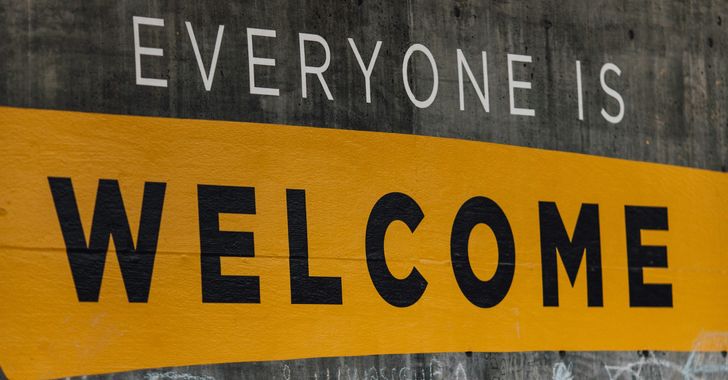When it comes to creating a pitch deck for a business, it's crucial to have an impactful and memorable presentation that effectively conveys your message and vision. One of the most important aspects of a pitch deck is its design, and one aspect of design that is often overlooked is color psychology. Color psychology refers to the study of how colors affect human behavior and emotions. In this blog, we'll discuss the importance of color psychology in pitch deck design and how it can be used to enhance your presentation.
The Impact of Color on Emotions
Colors have the power to evoke emotions and influence the way people perceive information. For example, blue is often associated with trust and professionalism, while red is associated with excitement and urgency. By carefully choosing the colors in your pitch deck, you can create a certain mood and tone that aligns with your brand and message.
For instance, if you're pitching a product that's meant to be calming and relaxing, you might want to use cool colors like blue and green in your design. On the other hand, if you're pitching a product that's meant to be bold and energetic, warm colors like red and orange might be more appropriate.
Using Color to Convey Information
In addition to evoking emotions, colors can also be used to convey information. For example, using different colors to highlight key points or to distinguish between sections can make your pitch deck more visually appealing and easier to understand.
For instance, you might use a yellow highlight to draw attention to a particularly important point or use different colors to indicate different stages of your business plan. By using color to convey information, you can make your pitch deck more engaging and memorable for your audience.
The Role of Color in Branding
Color is an integral part of the branding and can be used to communicate a brand's values and personality. By consistently using a particular color palette in your pitch deck and other marketing materials, you can create a strong and recognizable brand identity.
For example, the color blue is often associated with trust and reliability, which is why it's a popular choice for financial services companies. Similarly, green is often associated with growth and eco-friendliness, which makes it a popular choice for environmentally conscious businesses.
When choosing a color palette for your pitch deck, it's important to consider how it aligns with your brand and what message you want to convey. You should also consider your target audience and what colors they might associate with your brand or industry.
The Importance of Color Consistency
In addition to choosing the right colors for your pitch deck, it's also important to maintain consistency throughout your presentation. This means using the same color palette for text, graphics, and background elements.
Consistent use of color can help create a cohesive and professional-looking presentation, and it can also make your pitch deck easier to follow and remember. By being consistent with your color choices, you can create a clear and recognizable brand identity that reinforces your message and sets your pitch deck apart from the competition.
Color psychology plays a crucial role in pitch deck design and can be used to evoke emotions, convey information, and reinforce your brand identity. By carefully choosing the right colors and maintaining consistency throughout your presentation, you can create a pitch deck that is both impactful and memorable. So next time you're working on a pitch deck, consider the power of color and how it can enhance your presentation and help you achieve your goals.







 Going to the cinema alone is good for your mental health, says science
Going to the cinema alone is good for your mental health, says science












 women in street dancing
Photo by
women in street dancing
Photo by  man and woman standing in front of louver door
Photo by
man and woman standing in front of louver door
Photo by  man in black t-shirt holding coca cola bottle
Photo by
man in black t-shirt holding coca cola bottle
Photo by  red and white coca cola signage
Photo by
red and white coca cola signage
Photo by  man holding luggage photo
Photo by
man holding luggage photo
Photo by  topless boy in blue denim jeans riding red bicycle during daytime
Photo by
topless boy in blue denim jeans riding red bicycle during daytime
Photo by  trust spelled with wooden letter blocks on a table
Photo by
trust spelled with wooden letter blocks on a table
Photo by  Everyone is Welcome signage
Photo by
Everyone is Welcome signage
Photo by  man with cap and background with red and pink wall l
Photo by
man with cap and background with red and pink wall l
Photo by  difficult roads lead to beautiful destinations desk decor
Photo by
difficult roads lead to beautiful destinations desk decor
Photo by  photography of woman pointing her finger near an man
Photo by
photography of woman pointing her finger near an man
Photo by  closeup photography of woman smiling
Photo by
closeup photography of woman smiling
Photo by  a man doing a trick on a skateboard
Photo by
a man doing a trick on a skateboard
Photo by  two men
two men  running man on bridge
Photo by
running man on bridge
Photo by  orange white and black bag
Photo by
orange white and black bag
Photo by  girl sitting on gray rocks
Photo by
girl sitting on gray rocks
Photo by  assorted-color painted wall with painting materials
Photo by
assorted-color painted wall with painting materials
Photo by  three women sitting on brown wooden bench
Photo by
three women sitting on brown wooden bench
Photo by 
 Photo by
Photo by  Photo by
Photo by  Photo by
Photo by  Photo by
Photo by 


 people sitting on chair in front of computer
people sitting on chair in front of computer







